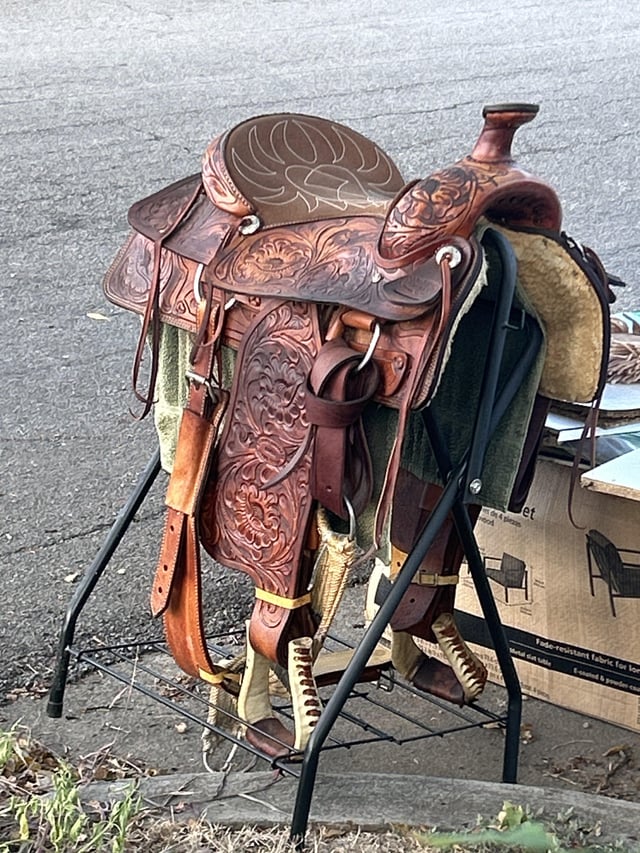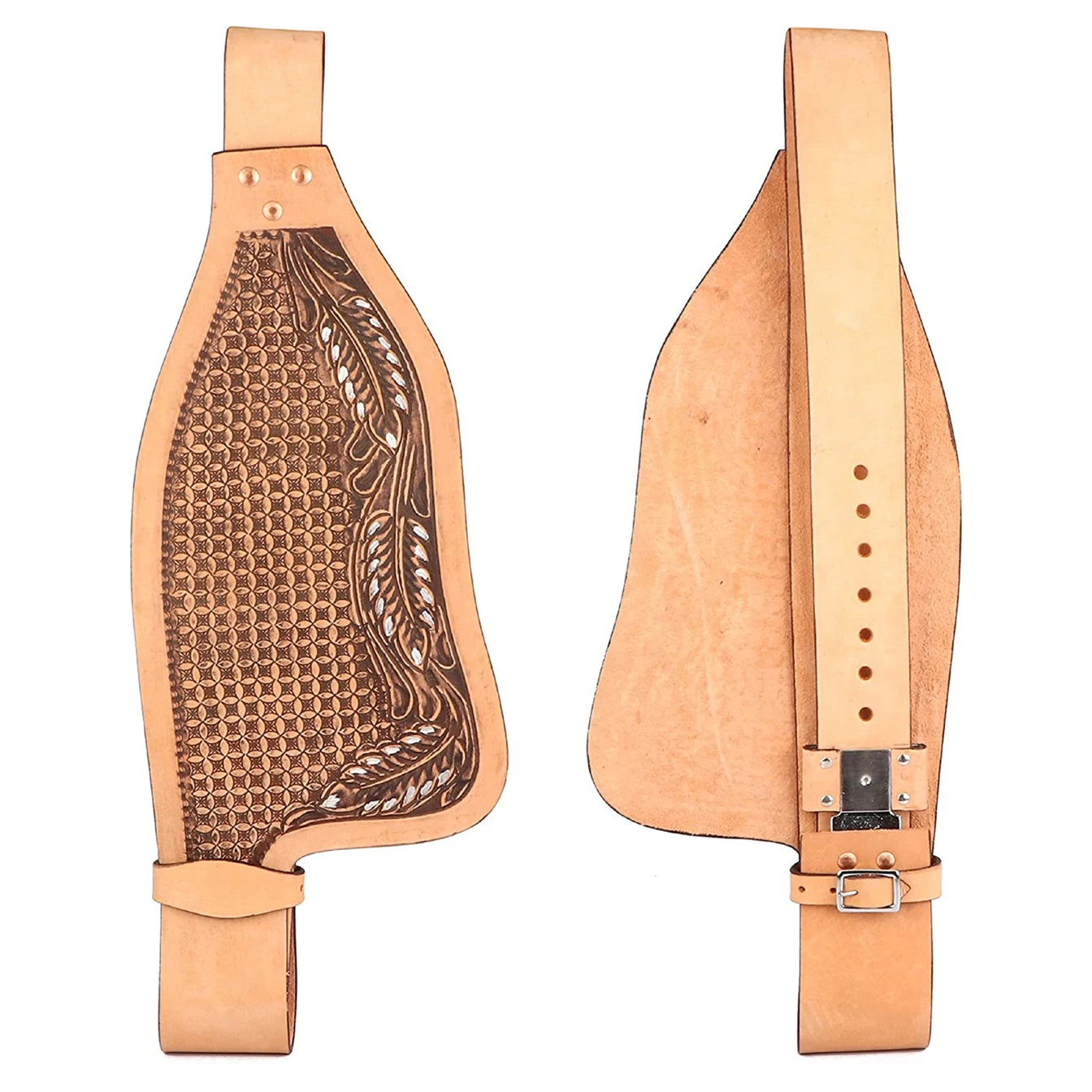Overcoming Resistance to Saddling in Your Horse

Saddling your horse should be a smooth and stress-free process, but sometimes horses resist this essential routine. Understanding why your horse resists saddling and how to address these issues can improve your horse’s comfort and your riding experience.
Why Do Horses Resist Saddling?
Resistance to saddling can stem from various causes, including physical discomfort, fear, or lack of training. Common reasons include:
| Cause | Description |
|---|---|
| Physical Pain | Ill-fitting saddle, skin irritation, or injury |
| Fear or Anxiety | Negative past experiences or unfamiliarity |
| Behavioral Issues | Lack of training or inconsistent handling |
Signs Your Horse Is Resisting Saddling
- Pinning ears back
- Swishing tail
- Moving away or backing up
- Pawing or stomping
- Tensing muscles
Recognizing these signs early helps you address the root cause before the behavior escalates.
Steps to Overcome Resistance
1. Check for Physical Issues
- Inspect the saddle fit and padding.
- Look for sores, swelling, or sensitivity.
- Consult a veterinarian if pain is suspected.
2. Build Trust and Desensitize
- Spend time grooming and handling the horse calmly.
- Introduce the saddle gradually, allowing the horse to sniff and see it.
- Use positive reinforcement like treats and praise.
3. Consistent Training
- Establish a routine for saddling.
- Use gentle, firm commands.
- Reward calm behavior during saddling.
4. Professional Help
- Consider a trainer or equine behaviorist if resistance persists.
Tips for a Positive Saddling Experience
- Always approach your horse calmly and confidently.
- Ensure the environment is quiet and free of distractions.
- Use a clean, well-maintained saddle and tack.
- Be patient and consistent.
FAQ
Q: How long does it take to overcome saddling resistance?
A: It varies depending on the horse’s history and temperament but consistent, gentle training over weeks to months is often needed.
Q: Can a poorly fitting saddle cause resistance?
A: Absolutely. An ill-fitting saddle can cause pain and discomfort, leading to resistance.
Q: What if my horse suddenly starts resisting saddling?
A: Sudden resistance may indicate pain or injury; consult a vet promptly.
Summary Table: Common Causes and Solutions
| Cause | Solution |
|---|---|
| Physical Pain | Check saddle fit, vet consultation |
| Fear or Anxiety | Gradual desensitization, positive reinforcement |
| Behavioral Issues | Consistent training, professional help |
By understanding and addressing the reasons behind your horse’s resistance to saddling, you can foster a more cooperative and enjoyable riding partnership.
